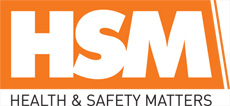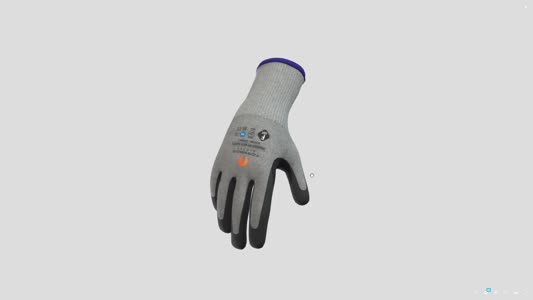
 |
Mark Sennett
Managing Editor |
 |
Kelly Rose
Editor |
| Home> | Health & Wellbeing | >General Health & Wellbeing | >Combating occupational skin disease |
Combating occupational skin disease
23 November 2016
Occupational skin disease is the second most common work-related health problem in Europe. It seriously affects both an organisation’s efficiency and the well-being of its employees. However, Paul Jakeway, marketing director at Deb believes most cases can be avoided if health and safety managers implement a structured skin care programme.
From construction to catering, from hairdressing to healthcare – in many professions the skin of workers is placed under considerable strain. Whether it’s exposure to potentially irritating or harmful substances, that workers’ hands are being used a lot, working in difficult conditions such as cold or hot weather, or the frequent use of cleansers throughout the day – work can come with the risk of damaging the skin of employees, with potentially serious consequences for their health and wellbeing.
Skin problems in the workplace – collectively known as occupational skin disease – can range from mild, short term skin irritations to serious conditions such as occupational dermatitis, friction callosity (the skin’s reaction to friction and pressure), or infectious skin diseases (compromised skin is much more likely to absorb the pathogens that cause bacterial, viral or fungal infections). At the extreme end of the spectrum, there is skin cancer.
Research leaves no doubt about the seriousness of the problem. Occupational skin disease is the second most common work related health problem in Europe. Every year, around 3 million working days are lost because of it, costing the EU an estimated €600m.
If their employees are affected, companies might not only have to pay the salary of those absent due to occupational skin disease; they might also have to cover the overtime incurred by those stepping in, as well as any overall losses. If employees leave, recruitment, training and support cost loom. And if news of incidents spread, bad publicity is inevitable.
What can health and safety managers do to combat this threat?
In a first step, education is crucial: health and safety managers need to make a real effort to inform their staff about the seriousness of the problem – and about the steps they can take to avoid being affected. Regular staff meetings can help to achieve this, while posters and boards are a good way to keep up awareness on a day-to-day level. Leaflets and brochures should be made available for staff to read up on the issue whenever they have questions or concerns.
Education should go hand-in-hand with the implementation of a structured skin care programme. Companies will have different requirements for the specific design of such a programme, and help is widely available from skin care experts to find the right solution for each case.
An effective three-step approach to skin care identifies three crucial moments for treatment: applying protective cream before work; using appropriate hand cleansers after potential contamination; and applying restorative cream at the end of the day.
Protective creams are specially formulated to leave a protective layer on the surface of the skin. They can reduce direct contact with specific types of physical contaminants, help retain natural lipids and moisture in the skin, improve comfort and skin strength when wearing gloves, and make the skin quicker and easier to clean.
Restorative products are as important. Applied at the end of the day, they moisturise, nourish and condition the skin, improving its strength and preventing it from becoming dry or damaged.
But for a skin care programme to be effective, it is important that protective and restorative creams, as well as the appropriate cleansers, are easily available to employees. The best education about occupational skin disease is futile if employees do not have the opportunity to act on it. If product dispensers are placed in strategically chosen locations, the application of the right creams stops being a private endeavour, and becomes a shared habit amongst staff – something that goes without saying.
If outdoor working is involved, health and safety practitioners should also take into account UV radiation. Prolonged unprotected exposure to the sun does not only cause skin damage; ultimately, we know it can increase the risk of skin cancer. If UV protection is integrated into staff education on skin care – ideally combined with sun cream that is widely available to workers – employers can take a huge step towards protecting their employees from this threat.
In a final step, health and safety managers need to make sure that their efforts to combat the threat of occupational skin disease turns into an ongoing conversation with staff – not just a one off event that is quickly forgotten about. Practical education and support tools are widely available from organisations that specialise in workplace skin care. Making use of these will help health and safety managers to catalyse real and lasting behaviour change amongst their staff.
- Advice not to be sneezed at
- Lords adopts first class hand hygiene
- Industrial hand protection developed by workers
- Systemised skin safety solution
- Promoting sun safety
- Survey reveals dangers for outdoor workers
- The importance of UV protection
- Manufacturing team award
- White paper tackles dermatitis
- Speaking out about occupational skin disorders
- BSIF: Covid-19 Update
- Dust tight
- SAFEContractor for 5th year
- BSC welcomes proposals to slash legal costs in personal injury claims
- Get some insight
- Asbestos remains number one killer
- Chemical exposure course goes more than skin deep
- Getting workers involved in safety
- Dual drug testing
- On-site health screening























